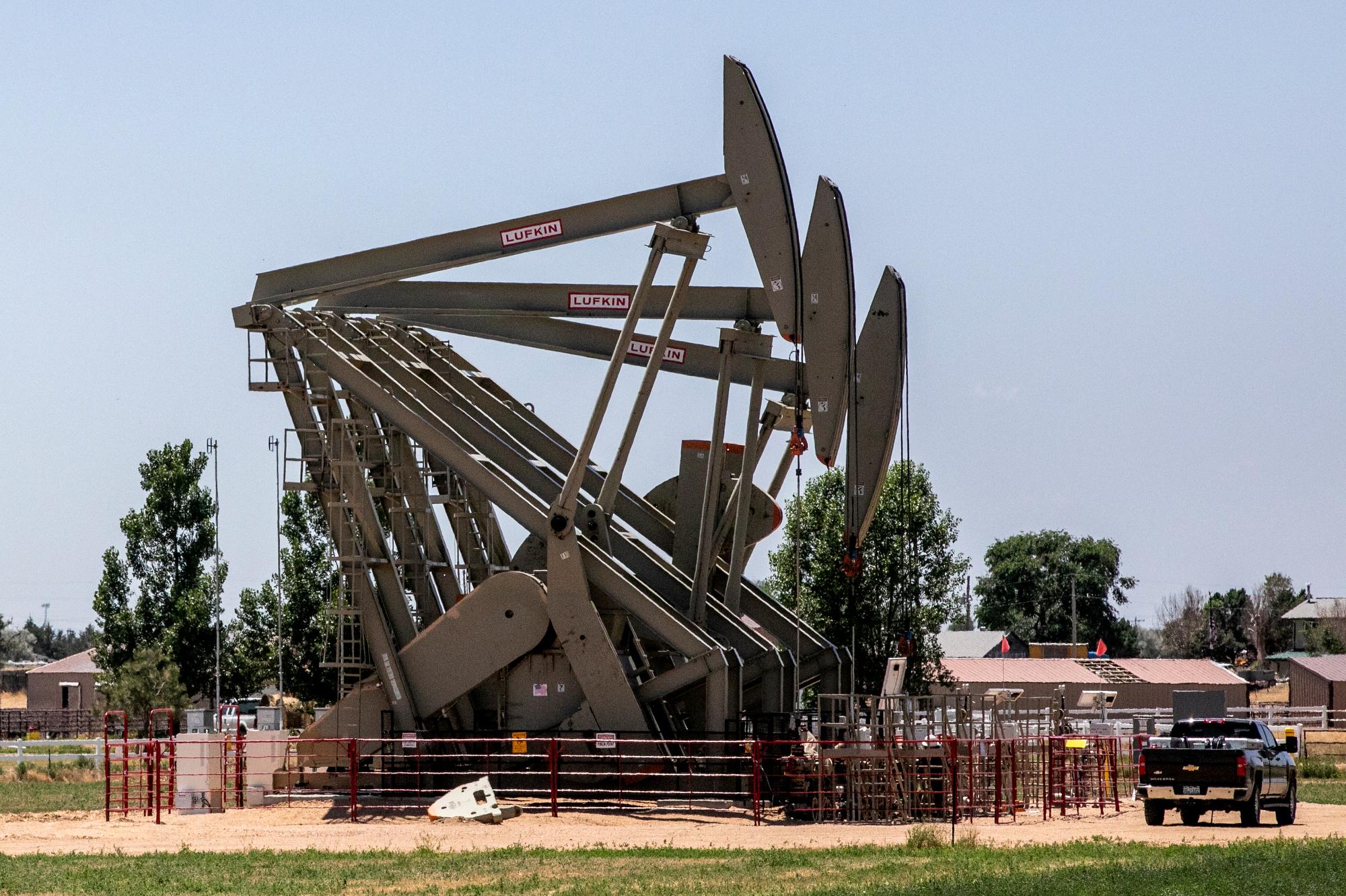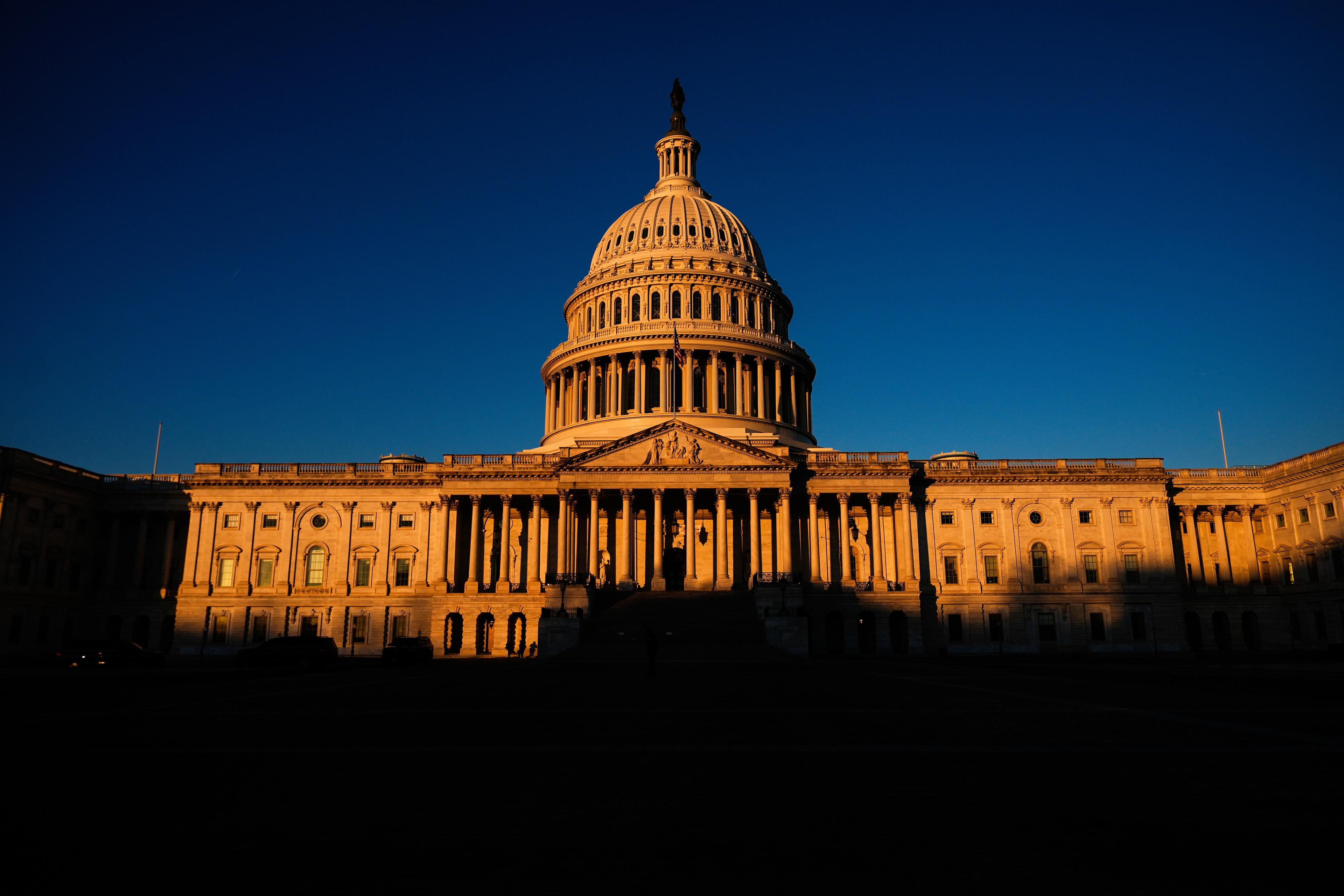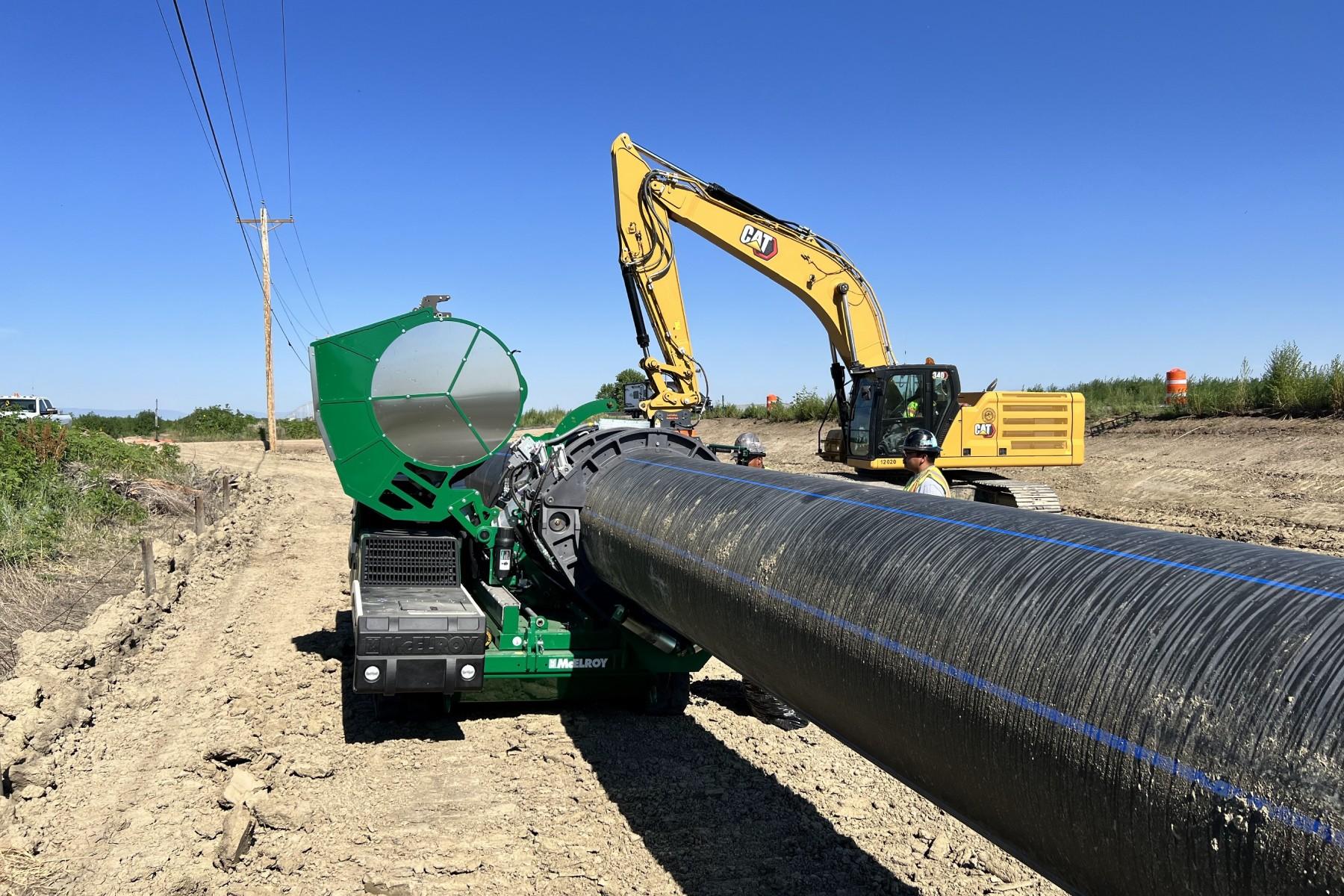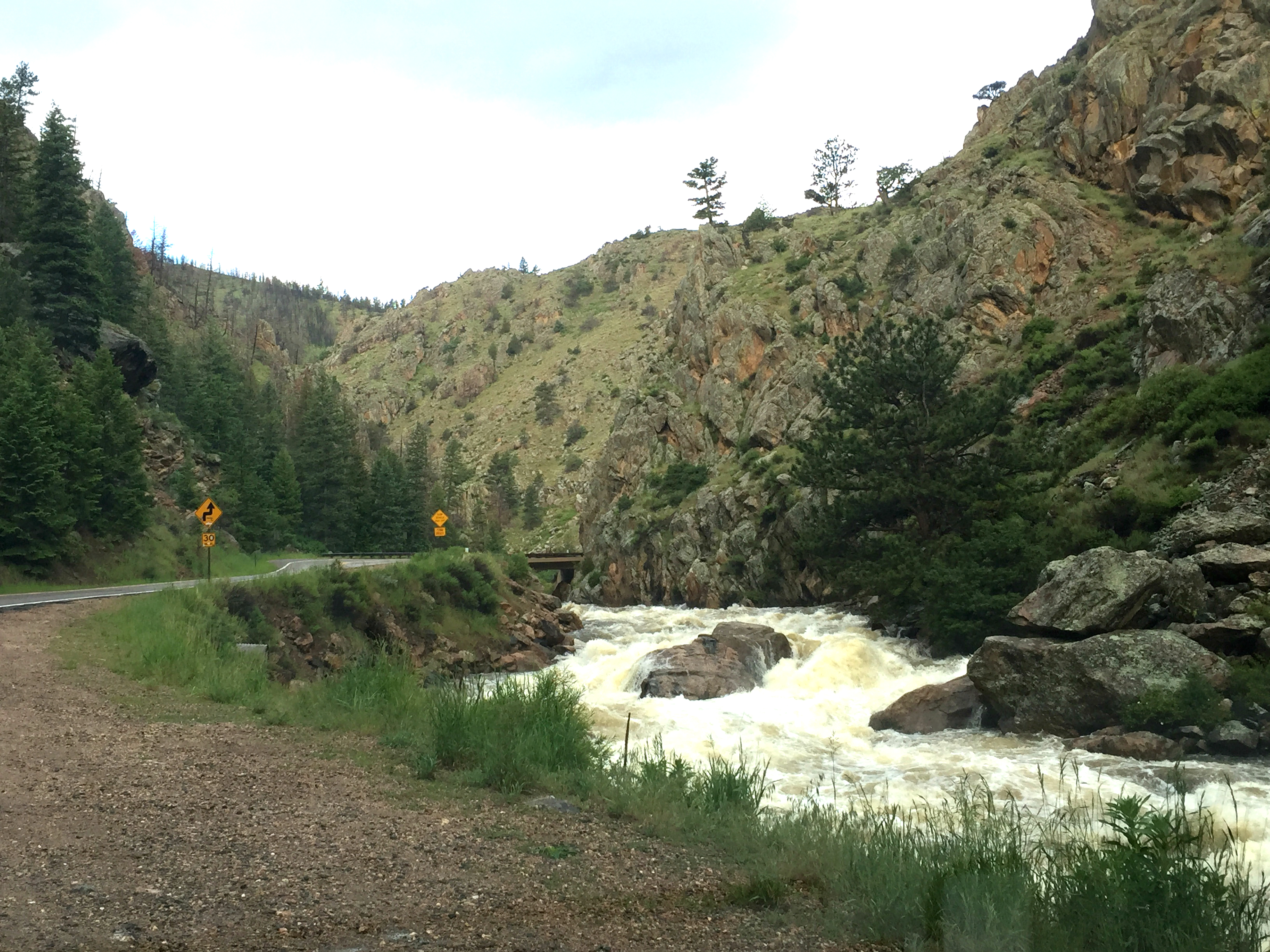
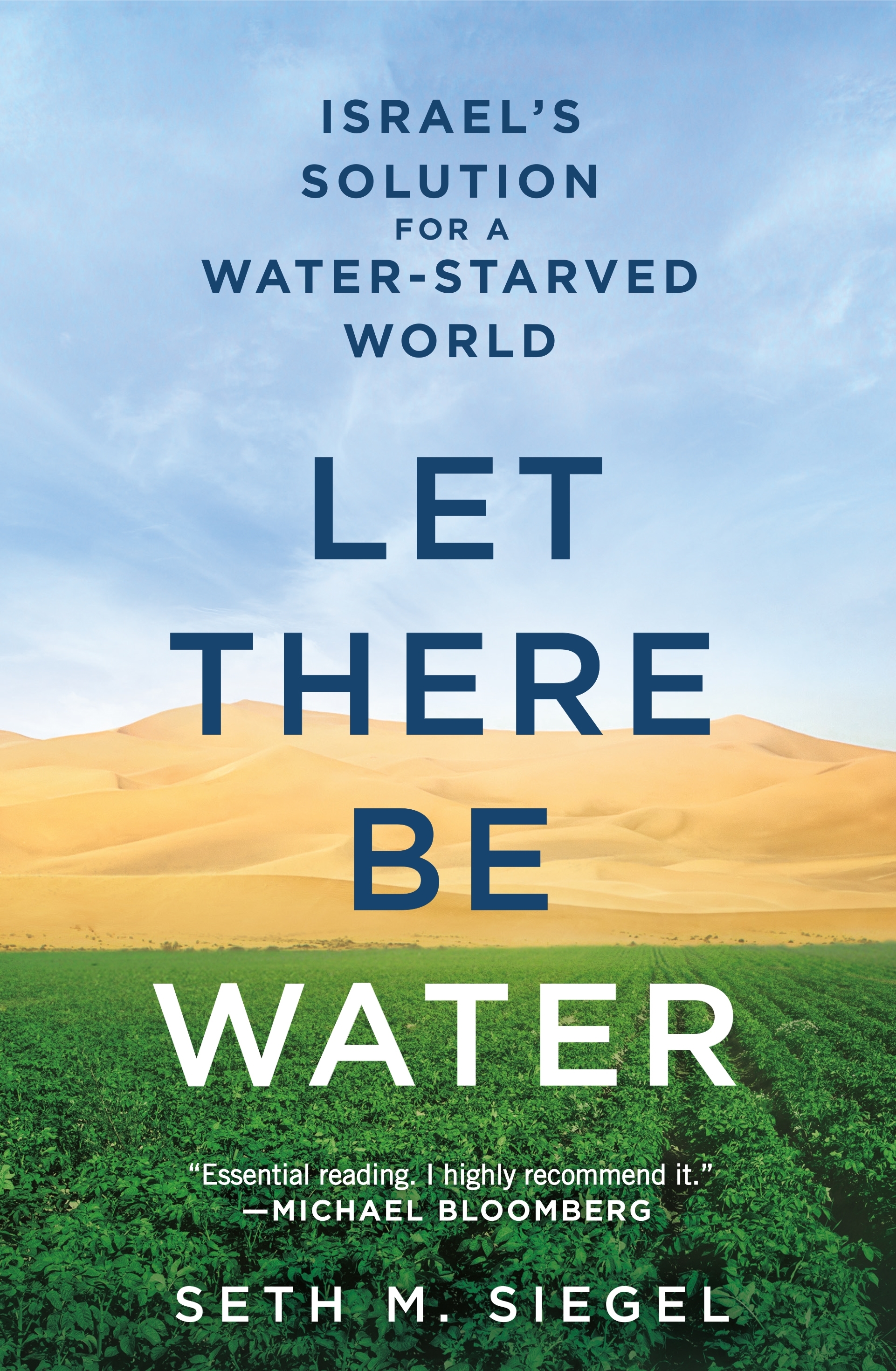
More than half of Israel is covered in desert and arid land, so the country has become a leader in how to get water to places it doesn't naturally occur. Israeli officials and businesspeople visited Denver last week to share some of those lessons in a conference that also featured Seth M. Siegel, author of "Let There Be Water: Israel's Solution for a Water-Starved World." The book came out in 2015.
Siegel's essays have appeared in The New York Times, The Wall Street Journal, and the L.A. Times, and he's a member of the Council on Foreign Relations.
Siegel spoke with Colorado Matters host Ryan Warner.
Read an excerpt:
A Way Forward In all of this bad news now coming from California, from the forty states expecting water problems, and also from the affluent countries across the world beginning to feel the gap between their water needs and water supplies, there is also the good news that every one of the water problems has a solution. And in each case, Israel can serve as a model based on its own experiences, its own trial and error, its own failures, and ultimately its own solutions. Consider just a few examples of challenges Israel faced—and over- came—in the use of its water and what that experience could mean to the US in enhancing water resources for the benefit of farmers, consumers, and the environment: Israel makes use of drip irrigation on seventy-five percent of its irrigated fields, reducing water use and increasing yield. In those places in the US where rainwater is inadequate, use of drip irrigation should be accelerated. In just the last few years, California’s use of drip irrigation has soared, and with very positive effect. 19 More can be done there, and everywhere else. Government policy should assure that the cost of drip- irrigation equipment is never an impediment to adoption. Special tax treatment of the equipment’s depreciation and government loan programs can accelerate the ability of farmers to start saving water—and to make flood irrigation an anomaly rather than the national norm. Treated sewage is now seen as a precious resource by Israel’s farmers and eighty-five percent of that country’s sewage is collected for treatment and reuse. The current goal is to bring that up to ninety percent within the next five years. Nationally, the US treats the vast majority of its sewage, but then dumps nearly all of it in lakes, rivers, and oceans. Less than eight percent of US sewage is reused.20 With smart, but long overdue infrastructure spending, farmers can lower the demand for freshwater by using this resource, while treated sewage from population centers like Los Angeles can be more widely used in the watering of golf courses and public lawns. Israel has built five desalination plants along its relatively short coast— including one that is the largest and most energy-efficient in the world. In addition, it has built several desalination facilities to make use of other- wise worthless brackish water. Israel built its coastal desalination plants in less time than it took California to overcome legal issues just in building the Carlsbad plant. While much of the US is too far inland to make use of desalinated water, California, Washington, Oregon, and other coastal states can address their water shortages, in part, by building more of these plants. State and federal governments can establish criteria to expedite permits so that litigation is limited and necessary manufactured freshwater can be added to the natural freshwater supply. The management of Israel’s water is undergirded by a legal and regulatory structure to maximize the use of its water. Although untangling the state and federal regulation and management of water in the US seems almost impossibly complex, few actions that state legislatures and Congress could take would have so positive a systemic effect on the future of water in the US. Israel encourages innovation and technology in every part of its water system. The far wealthier and more technologically advanced US scientific community could be partnering with state and local governments, farmers, and utilities to introduce water- and energy-saving techniques. And finally, Israel has created and continually reinforces a culture that accepts, and even admires, water conservation as a part of everyday life, while its people are able to live comfortable middle-class lives. No com- parable mass mind-set exists in the US to impress the point that conservation doesn’t require suffering. In a water-limited world, saving water today allows for comfortable living tomorrow. When Israel decided it wanted to enhance its already adequate national water infrastructure, it made the decision to charge the real price for water to finance it. In so doing, national consumption dropped quickly and significantly, in farm and city. Charging higher prices for water wasn’t primarily done to conserve water, but it was a positive outcome leading to long-term changes in behavior. Rational—and universal—water fees in California, and everywhere else, will inevitably lead to better agriculture policy, more innovation, greater citizen engagement, and an end to reckless water usage. If the best outcome from the coming global water crisis now rolling over the US and other affluent countries would be for everyone to become inspired by what Israel has done in long-range planning, conservation, pricing, and water use, the worst outcome would be if bureaucratic inertia, the self-interest of powerful groups, timid elected officials, risk- averse utilities, and a distracted public cause some or all of the known water challenges to be pushed aside to be addressed another day. While Israel has invented many of the solutions that have changed the world of water, what sets the country apart isn’t the technology—all of which is known and available to all—but rather the extent to which it has adopted these techniques. Throughout Israel, one can find posters exhorting citizens and visitors to make every drop count. It is that mind- set that may be the most important solution of all for a water-starved world. Water shortages in the US may seem more shocking or unreal, perhaps, than in faraway places like Brazil—or certainly than in less- developed countries—because the US has long seen itself as the land of plenty. Resources have always seemed as inexhaustible as sunlight or air, and abundance a part of the American birthright. But with water scar- city already here and growing, the choices are to prepare for it before the worst of it hits, as Israel did beginning in the 1930s, or to prepare to suffer unknown, but dire, consequences. Today’s actions will mostly be felt in ten years or longer. With the global water crisis accelerating, there is little time to lose. Excerpted from Let There Be Water: Israel’s Solution for a Water-Starved World by Seth M. Siegel. Copyright © 2015 by the author and reprinted by permission of Thomas Dunne Books, an imprint of St. Martin’s Press, LLC. |

